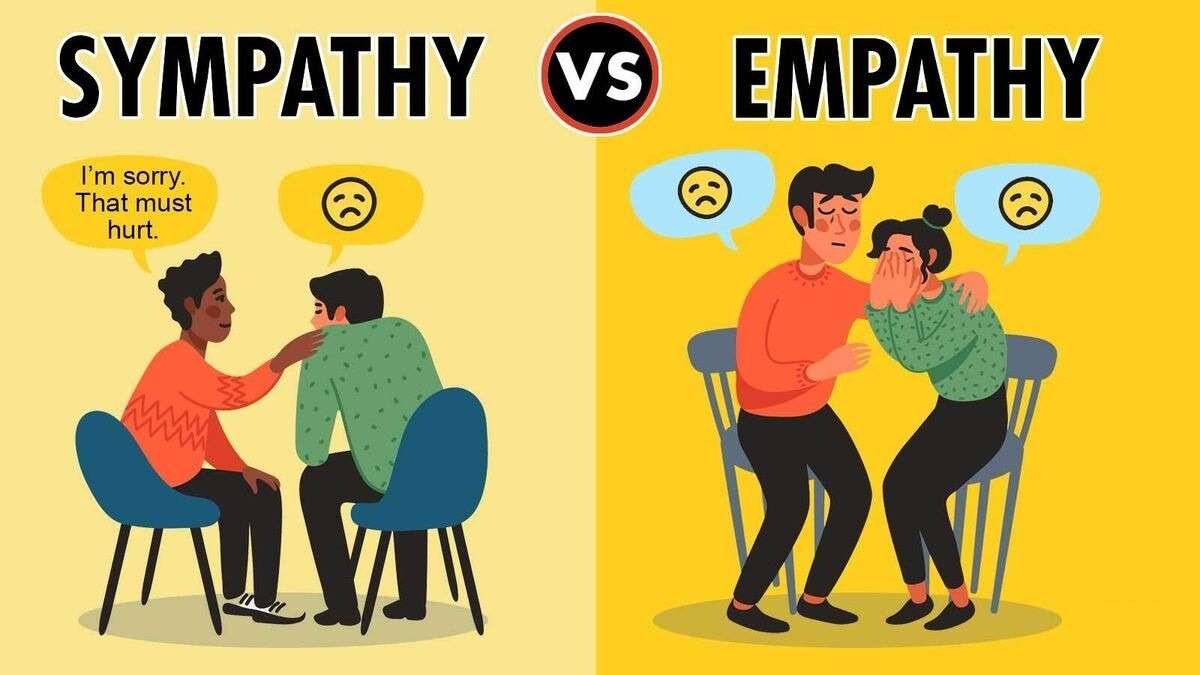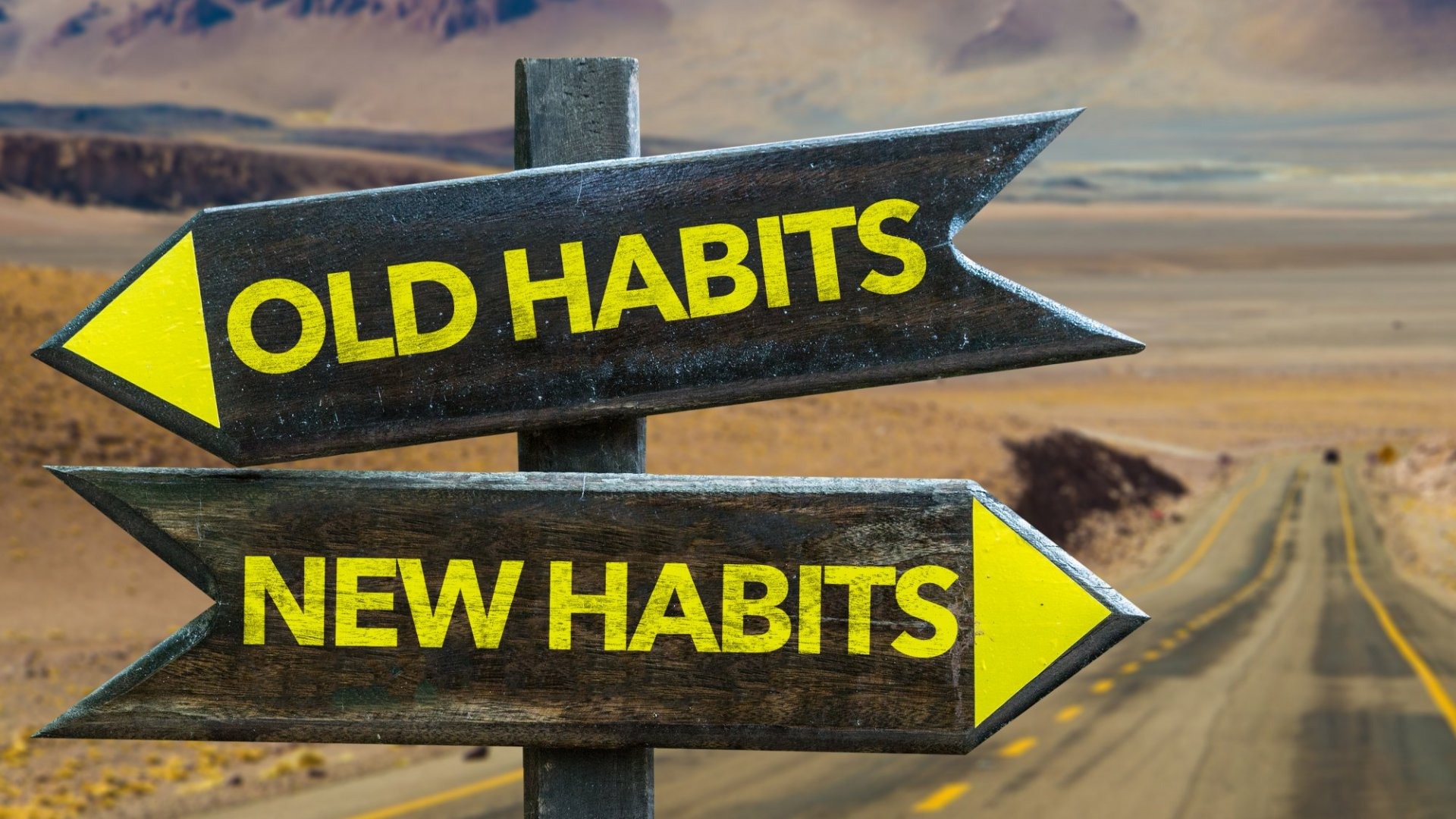A habit is a behavior that becomes automatic through repetition. Once a habit forms, it no longer requires conscious thought—it’s a loop that runs in the background.
Habits follow a simple structure known as the habit loop, which consists of three key components:
-
Cue (Trigger) – Something that prompts the behavior (e.g., your alarm going off).
-
Routine (Behavior) – The action itself (e.g., brushing your teeth).
-
Reward – The benefit or feeling you get (e.g., minty freshness, a sense of cleanliness).
Over time, your brain starts to associate the cue with the reward and craves the routine in between. That’s how even seemingly meaningless habits become deeply ingrained.
How Habits Are Formed
Habits form through a process called context-dependent repetition. The more often you perform a behavior in a certain context, the more likely your brain is to automate it.
For example, if you start drinking coffee every morning while reading the news, that combo becomes familiar. Eventually, just sitting down with your mug triggers the urge to open a news app—even if you’re not fully awake yet.
Here’s how it happens:
-
Repetition builds connections between context and action.
-
Consistency strengthens those connections until they become automatic.
-
Emotion and reward reinforce the habit loop.
The brain loves efficiency. Once a habit saves effort and delivers a reward, your brain locks it in.
Why Bad Habits Are Hard to Break
Breaking a habit isn’t about erasing memory—it’s about rewriting the pattern. The original neural pathway doesn’t disappear, which is why relapse can happen easily.
That’s also why motivation alone often fails. It’s not that you don’t want to change—it’s that your brain is still running the old loop, often without your awareness.
To change a habit, you need to interrupt the loop and create a new one that feels just as satisfying.
How to Build a New Habit: Step-by-Step
Let’s get practical. Whether you want to exercise more, read daily, or drink more water, here’s how to build a habit that lasts:
1. Start Small
Don’t aim to meditate for 30 minutes a day if you’ve never done it before. Start with 2 minutes. Why? Because consistency matters more than intensity.
Example: Want to start journaling? Commit to writing one sentence a day.
2. Use a Clear Cue
Link your new habit to something already in your routine. This is called habit stacking.
Formula: After [current habit], I will [new habit].
Example: After I brush my teeth, I’ll write in my gratitude journal.
3. Make It Easy
Remove barriers. Lay out your workout clothes the night before. Put a book by your bed. Fill a water bottle in the morning.
The less friction, the more likely you’ll follow through.
4. Add a Reward
Even small rewards reinforce the habit. It could be a satisfying checkmark on a habit tracker, a short break, or just the good feeling from doing something for yourself.
5. Repeat Daily
Repetition is key. Try not to skip two days in a row—it breaks momentum. Use reminders, alarms, or sticky notes if needed.
How to Break a Bad Habit
Now, let’s tackle the flip side. Want to stop biting your nails or checking social media every 10 minutes? Here’s how:
1. Identify the Cue
What triggers the behavior? Is it boredom, stress, or a specific time of day? Awareness is the first step to change.
2. Replace the Routine
Don’t just try to stop—substitute. Replace scrolling with stretching. Trade snacks for herbal tea. The goal is to meet the same need in a better way.
3. Change Your Environment
Out of sight, out of mind. Hide the snacks. Move your phone across the room. The fewer reminders, the easier it is to stay on track.
4. Make It Harder to Do
Increase friction. Log out of apps, delete shortcuts, or use tools like website blockers. The more effort it takes, the less likely you’ll follow through.
5. Reward Your Progress
Celebrate wins—even small ones. Change is hard, and recognizing your effort helps keep you motivated.
Common Mistakes (and How to Avoid Them)
-
Doing too much too soon. Go slow. Focus on one habit at a time.
-
Expecting perfection. Slipping up doesn’t mean failure. Get back on track without guilt.
-
Not tracking progress. Use a habit tracker or journal to stay accountable and see growth.
Conclusion: The Power of Tiny Changes
Habits shape who we are—but we have the power to shape our habits. Whether you want to build better routines or break the ones holding you back, it all starts with understanding how habits work.
You don’t need willpower in endless supply. You need the right system: clear cues, consistent repetition, and rewarding results.
Start small, stay steady, and trust the process. Because when you master your habits, you don’t just change your day—you change your life.









